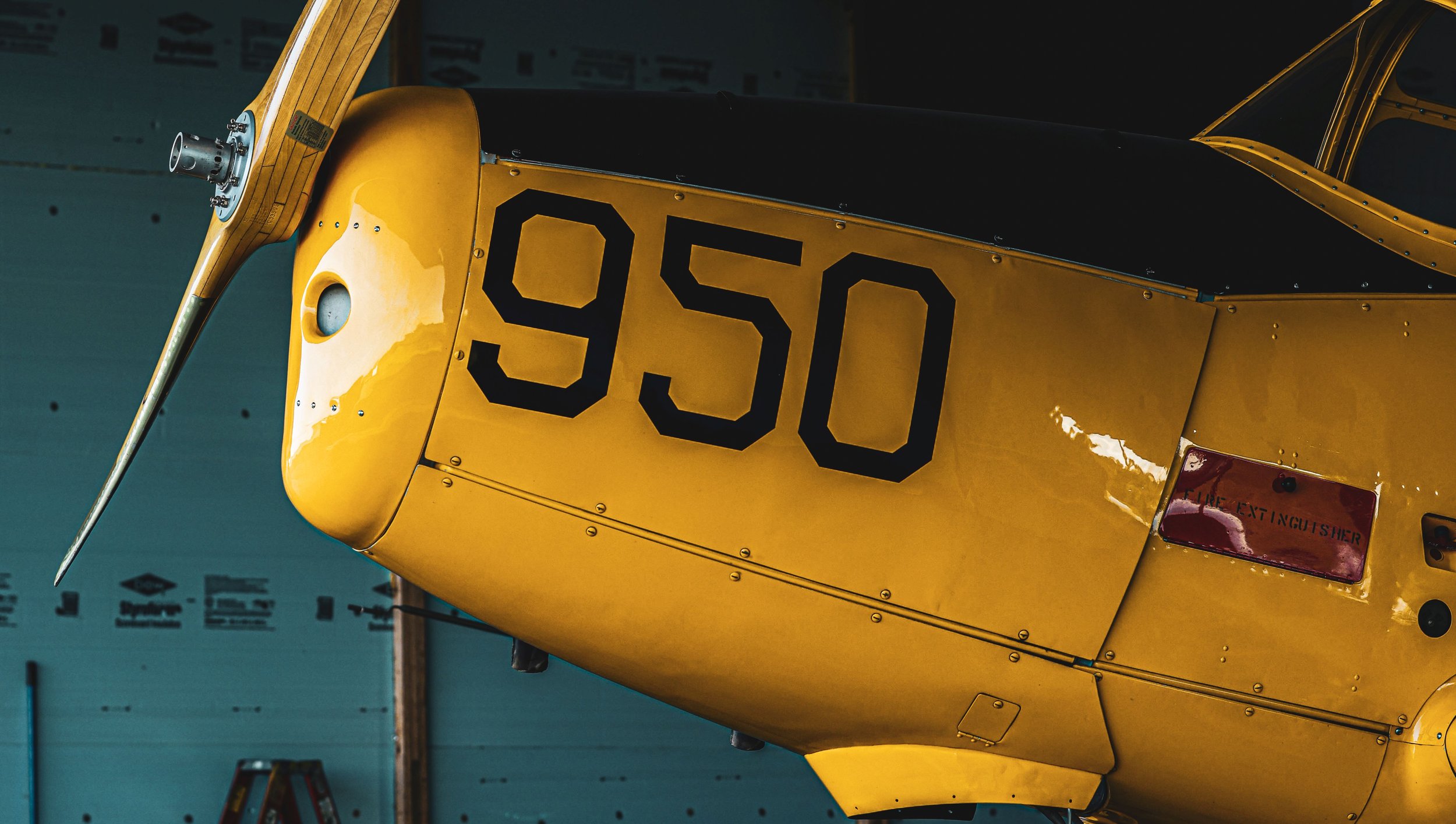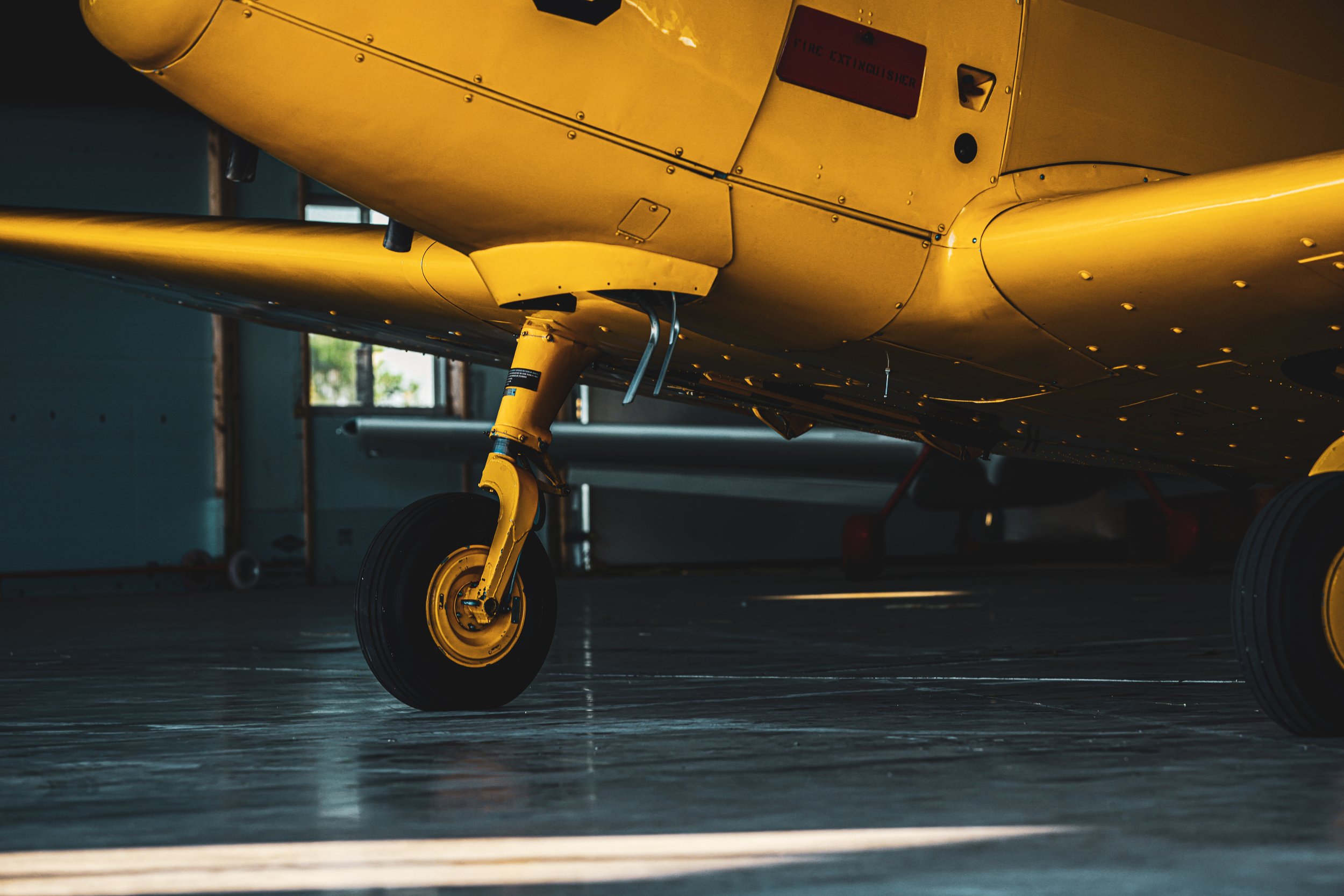PT-26A Cornell
Fairchild
The Fairchild PT-26, part of a family of three primary trainers introduced in 1939, was designed to replace biplane trainers with a single, low-winged design that closely resembled front line fighters. The PT-19 was the basic version, while the PT-23 had the same airframe with a radial engine. Fleet Aircraft of Canada produced most PT-26s with enclosed cockpits and cold weather modifications for the Royal Canadian Air Force. Fairchild also developed a similar variant of the PT-19, the PT-26, for the Royal Canadian Air Force with fully enclosed cockpits to address the cold climate. By the end of World War II in 1945, a total of 8,130 PT-19s, PT-23s, and PT-26s had been manufactured for use in various countries such as the United States, Canada, Great Britain, Norway, Latin America, and Rhodesia.
In the late 1930s, Sherman Fairchild tasked Armand Thiebolt with designing an aircraft to fulfill the Army Air Corps' requirements for a primary trainer. The result was the M-62, later designated as the PT-19 by Fairchild. Featuring aerodynamic refinements and built from wood and fabric, the PT-19 was designed to be forgiving and safe, with interchangeable parts. Equipped with a Ranger in-line engine, the narrow frontal area of the M-62 and its low wing design with widely spaced landing gear aimed to prevent ground accidents. The aircraft's steel tubing frame and plywood sheathed wing and tail structures provided a combination of strength, lightness, and ease of maintenance, although the wings were vulnerable to rot in wet conditions.
Following a successful fly-off at Wright Field in September 1939, where the M-62 outperformed 17 other designs, the PT-19 became the U.S. Army's primary trainer. Production ramped up quickly at Fairchild's Hagerstown, Maryland factory, with 12 PT-19s rolling out each week by late 1940. As demand surged during World War II, other manufacturers like Howard Aircraft, St. Louis Aircraft, and Aeronca began producing PT-19s under license in addition to Fairchild. To meet the demand for engines, Fairchild started using Continental radial engines on PT-19 airframes, creating a new variant called the PT-23. The PT-19 remained in service in Canada until 1947, proving to be a widely successful and significant primary trainer aircraft during its operational lifespan.





